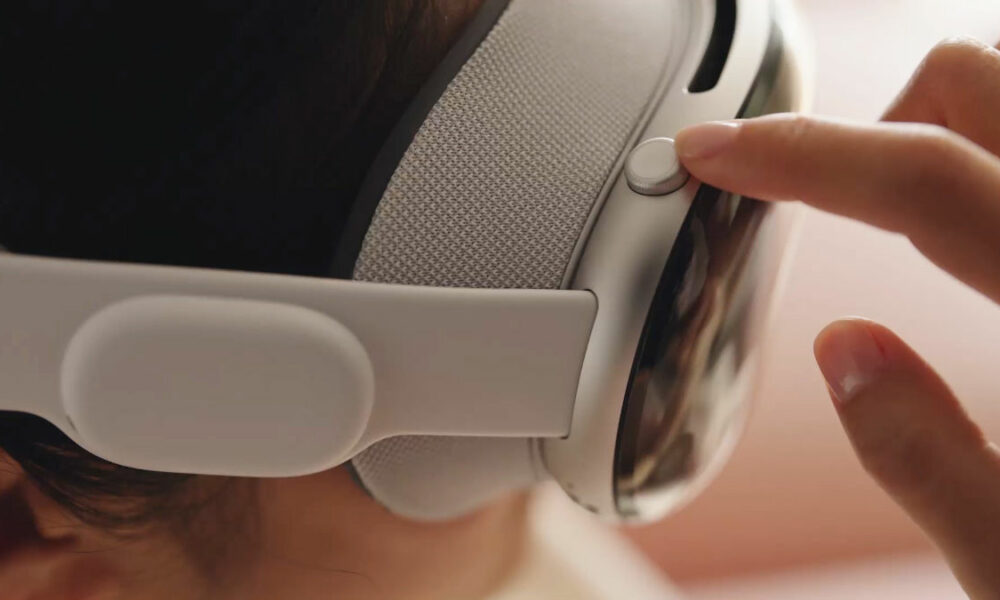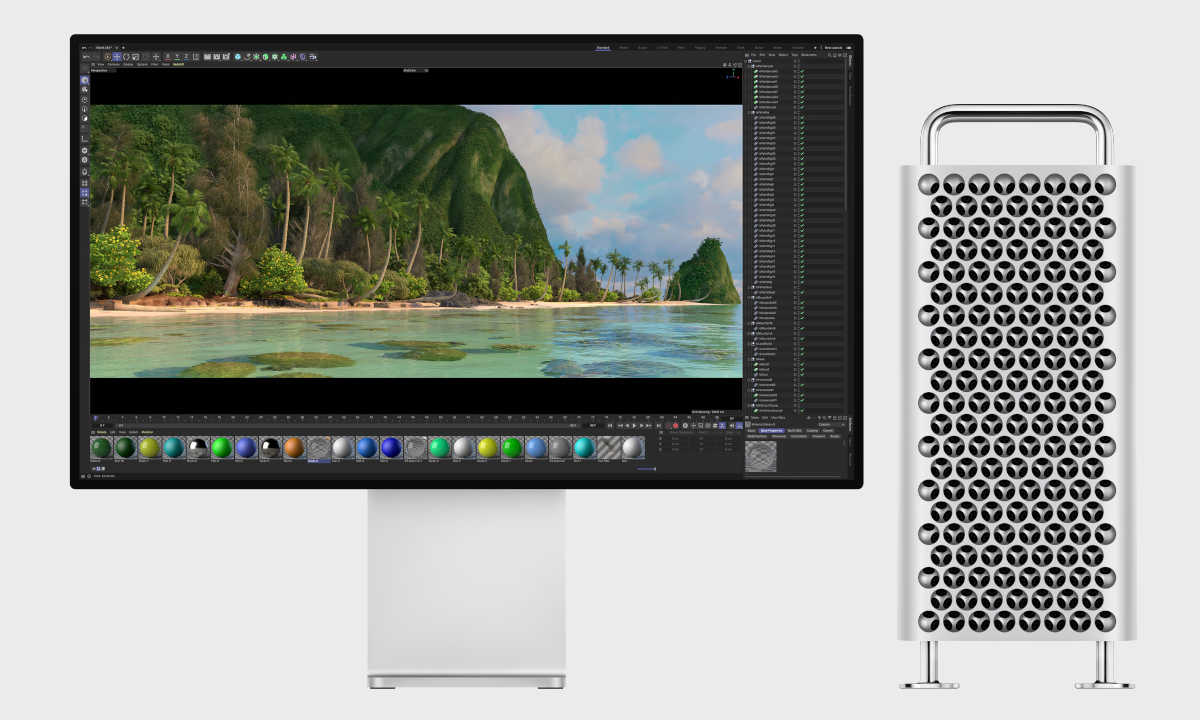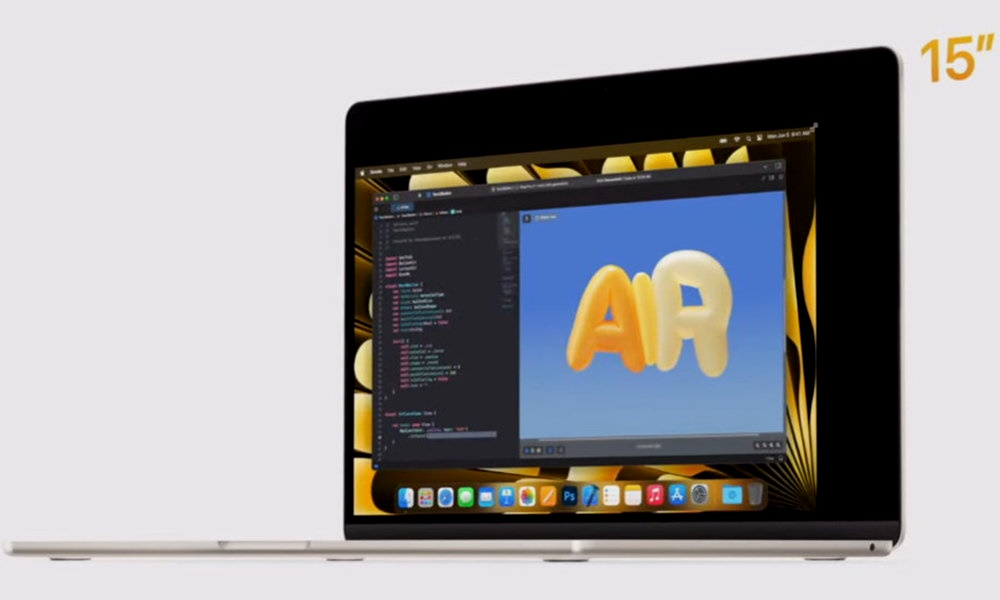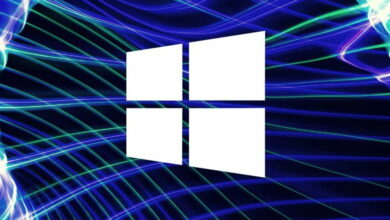
And the moment that many were waiting for arrived: the presentation of Apple’s mixed reality glasses. As our partner tells us David Salces in MC, “Apple Vision Pro is, without a doubt, a revolutionary device, a proposal that breaks with everything that exists so far and that goes far beyond being a mixed reality viewer.”
If you want to learn more about what it is and what it offers users, we recommend that you don’t miss the wonderful coverage that has made one of the most anticipated Apple releases. But although the Vision Pro have undoubtedly been the clear protagonists of the event, this is by no means the only thing that has been presented. We review the main announcements below.
Mac Pro: the beast makes the leap to Apple Silicon
Until now, the Mac Pro was the only system from the company that used Intel Xeon processors instead of Apple Silicon’s integrated ones.
This new release is important because it answers the question that has been around since WWDC 2020: Can Apple’s chip provide the performance needed for Mac Pro, a system designed for workstation and server tasks? Although there were questions at the time about the ability of the ARM architecture to compete with Intel’s X64 architecture, the first two generations of Apple Silicon demonstrated the potential of this new technology.
The new Mac Pro maintains the characteristic design of the previous generation, with an appearance similar to a cheese grater. However, the internal improvements are significant. It is powered by the new Apple M2 Ultra chip, which features up to 24 CPU cores, up to 76 GPU cores, up to 192 GB of unified memory, and a 32-core artificial intelligence Neural Engine. Although these specifications may seem lower than the previous model in terms of CPU cores and memory capacity, the overall performance of the new Mac Pro is expected to far exceed its predecessor.
Expandability is another highlight of this new Mac Pro. It has seven PCIe expansion slots, allowing you to add expansion cards of various types. In addition, eight Thunderbolt 4 ports (six on the back and two on the top), three USB-A ports, two HDMI ports supporting resolutions up to 8K and frame rates up to 240Hz, two Ethernet ports have been included. 10 Gb and a headphone jack. In terms of wireless connectivity, the new Mac Pro includes Wi-Fi 6E and Bluetooth 5.3. The starting price is $6,999. Check here for more information.
MacBook Air grows to 15″
In the field of laptops, Apple introduces the MacBook Air 15, with a 15.3-inch Retina display, the largest yet in the Air series. The screen offers a wide color gamut and a brightness of 500 nits. Although the M3 processor was expected, Apple has opted for the Apple M2 with 8 CPU cores and 10 graphics cores. An interesting feature is the passive cooling design, without fans.
When it comes to memory and storage, the MacBook Air 15 can have up to 24GB of RAM and up to 2TB of storage with PCIe SSD drives. Despite its larger screen, Apple has managed to reduce its thickness to 11.5mm, making it the thinnest 15-inch laptop on the market, they claim.
The MacBook Air 15 features a full ‘Magic’ keyboard, six-speaker audio system, MagSafe connector, fingerprint reader, and a 1080p FaceTime camera. The laptop will be available in four colors starting at $1,299. Check here for more information.
Mac Studio incorporates the new SoC M2 Ultra and Max
The Mac Studio 2023 is designed to appeal to creative professionals looking for a compact size without having to resort to Mac Pro towers. It retains the aluminum chassis and can support 8K resolution monitors, allowing up to six Pro Display XDR monitors to be connected simultaneously. .
In terms of connectivity, the new model incorporates state-of-the-art technologies, such as Wi-Fi 6E and Bluetooth 5.3. At the rear, it features four Thunderbolt 4 ports, a 10Gb Ethernet LAN port, an HDMI output, and two USB-A ports. On the front, there are two USB-C ports and an SDXC card slot.
The main novelty of Mac Studio 2023 lies in the new Apple M2 Ultra SoC. This system consists of two M2 Max matrices connected with Apple’s UltraFusion technology, with a 24-core CPU and up to a 76-core GPU.
According to Apple, a single system with this GPU can handle machine learning workloads that discrete GPUs cannot due to their memory limitations. Additionally, the M2 Ultra supports up to 192 GB of unified memory, 50% more than the previous model. It also features a 32-core neural engine and offers 800 GB/s of available memory bandwidth. Its storage capacity reaches 8 TB. The second version of Mac Studio uses the M2 Max SoC, which includes a 12-core CPU, up to 38-core GPU, and up to 96 GB of unified memory with 400 GB/s of memory bandwidth. Check here for more information.






